Introduction
Abacus classes are a great way for kids to learn mental math tricks. It can improve their math skills and cognitive development. Mental math is the ability to solve mathematical problems. It does not use any physical aids, such as calculators or pen and paper. Mental math skills are essential for everyday life, and they can also be beneficial for academic success. In this article, we will explore some of the top mental math tricks that kids can learn through abacus classes.
Different Abacus mental maths skills
- Addition and Subtraction with the Abacus

A basic mental math tricks that kids can learn through abacus classes is how to perform addition and subtraction with the abacus. The abacus is a counting device that has been used for thousands of years in different parts of the world. It consists of a frame with wires or rods on which beads can be moved back and forth. Each wire or rod represents a place value, and the beads on the wire or rod represent the digits.
To perform addition with the abacus, kids need to just move the beads. Each wire or rod to represent the digits of the numbers they want to add. For example, to add 36 and 25, they would move the beads on the tens and one’s place. Values to get 6 + 5 = 11 in the ones place and 3 + 2 = 5 in the tens place. They can then read the answer off the abacus, which is 61.
To perform subtraction with the abacus, kids need to move the beads in the opposite direction. For example, to subtract 25 from 36, they would move the beads on the tens and one’s place. Values to get 6 – 5 = 1 in the ones place and 3 – 2 = 1 in the tens place. They can then read the answer off the abacus, which is 11.
2. Multiplication with the Abacus

Another mental math trick that kids can learn through abacus classes is how to perform multiplication with the abacus. To perform multiplication with the abacus, kids need to use a different method called the “multiplication table” method.
The multiplication table method involves setting up the abacus to represent the numbers being multiplied and then using the multiplication table to find the answer. For example, to multiply 6 by 8, kids would set up the abacus to represent 6 and then move the beads on the tens and one’s place values to represent 8. They would then use the multiplication table to find the answer, which is 48.
The multiplication table method can be used for any two-digit multiplication, and it is a great way for kids to develop their mental math skills.
3. Division with the Abacus

Division is another mental math trick that kids can learn through abacus classes. To perform division with the abacus, kids need to use a different method called the “short division” method.
The short division method involves setting up the abacus to represent the dividend (the number being divided) and then using the divisor (the number that is dividing the dividend) to move the beads on the abacus to find the quotient (the answer).
For example, to divide 72 by 4, kids would set up the abacus to represent 72 and then use the divisor (4) to move the beads on the tens and one’s place values to find the quotient. They would start by dividing 7 by 4, which would give a quotient of 1 and a remainder of 3. They would then move the beads on the abacus to represent the remainder (3) and the next digit (2), and then divide again. This would give a quotient of 0 and a remainder of 3. They would then read the quotient off the abacus, which is give more mental maths tricks used in abacus.
4. Squaring and Cubing Numbers

Kids can learn how to square and cube numbers mentally using the abacus. To square a number, they can use the formula (a + b) ^2 = a^2 + 2ab + b^2. For example, to square 27, they can think of it as (20 + 7) ^2 = 20^2 + 2 x 20 x 7 + 7^2 = 400 + 280 + 49 = 729.
To cube a number, they can use the formula (a + b) ^3 = a^3 + 3a^2b + 3ab^2 + b^3. For example, to cube 13, they can think of it as (10 + 3) ^3 = 10^3 + 3 x 10^2 x 3 + 3 x 10 x 3^2 + 3^3 = 1000 + 900 + 270 + 27 = 2197.
5. Mental Addition and Subtraction
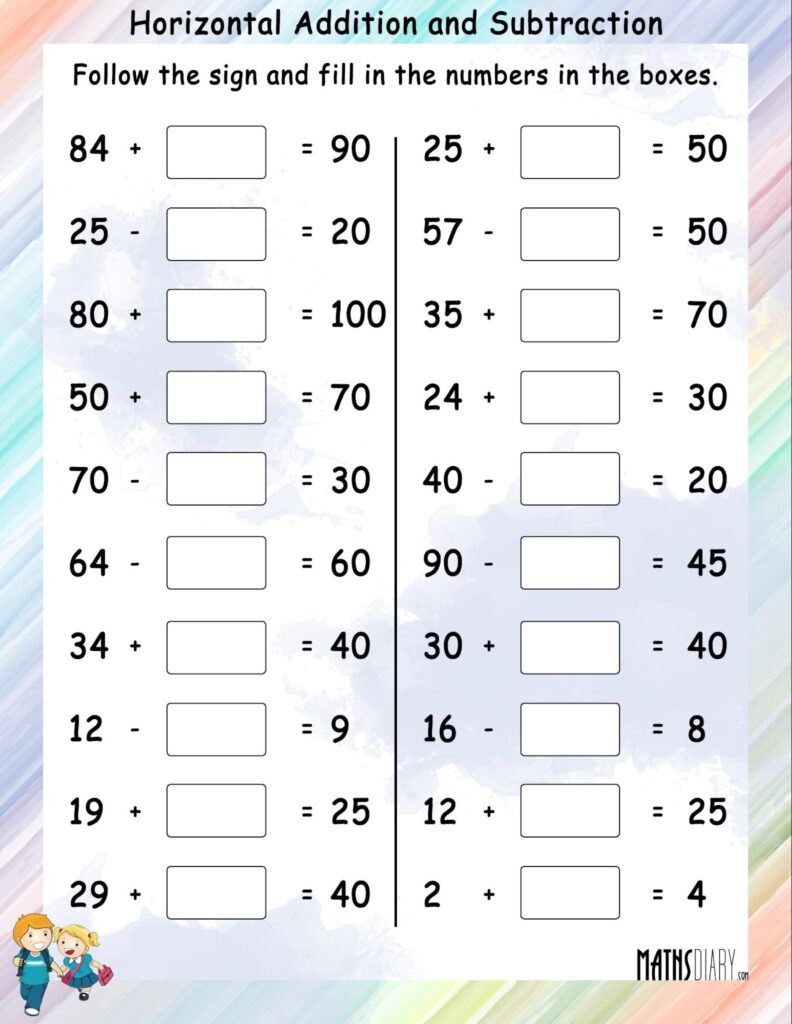
Kids can learn mental addition and subtraction using the abacus as well. They can use the “complementary number” method, where they add or subtract a number that complements the original number to make it easier to solve mentally.
For example, to add 8 + 7, they can think of it as 8 + 2 + 5, where 2 is the complement of 8 and 5 is the complement of 7. They can then add 8 + 2 = 10 and then add 10 + 5 = 15. The answer is 15.
To subtract 15 – 9, they can think of it as 15 – 10 – 1, where 10 is the complement of 9 and 1 is subtracted to account for the difference. They can then subtract 15 – 10 = 5 and then subtract 5 – 1 = 4. The answer is 4.
6. Mental Multiplication

Kids can also learn mental multiplication using the abacus. They can use the “base and difference” method, where they use the base of a number and the difference from the base to make it easier to solve mentally.
For example, to multiply 8 x 7, they can use the base of 10 and the difference of 2. They can then multiply the base by the difference, which gives 10 x 2 = 20, and then subtract the difference squared, which gives 2^2 = 4. The answer is 56.
7. Fraction Arithmetic
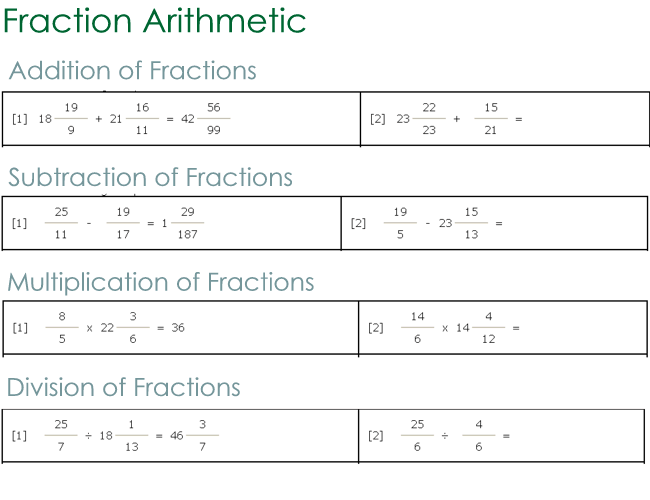
Kids can also learn fraction arithmetic using the abacus. They can use the “common denominator” method to add and subtract fractions. By finding a common denominator and then adding or subtracting the numerators.
For example, to add 1/3 + 1/4, they can find a common denominator of 12 by multiplying the denominators. They can then convert both fractions to have a denominator of 12 by multiplying the numerator and denominator by the same number. This gives 4/12 + 3/12 = 7/12. The answer is 7/12.
8. Multiplying by 11
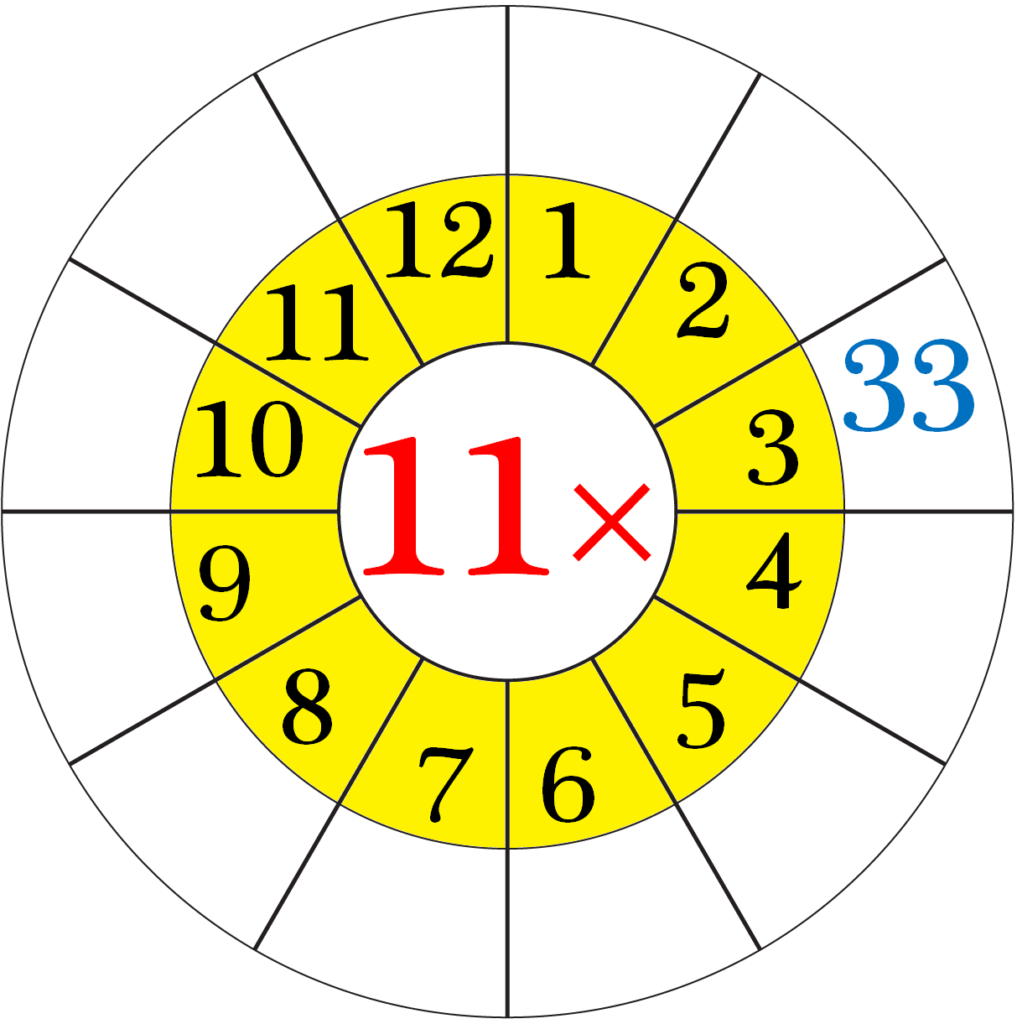
Kids can learn a simple trick to multiply any two-digit number by 11 mentally. To do this, they simply need to add the two digits. And place the result between the original two digits. For example, to multiply 34 by 11. They add 3 + 4 = 7 and place 7 between 3 and 4 to get 374.
Multiplying by 9
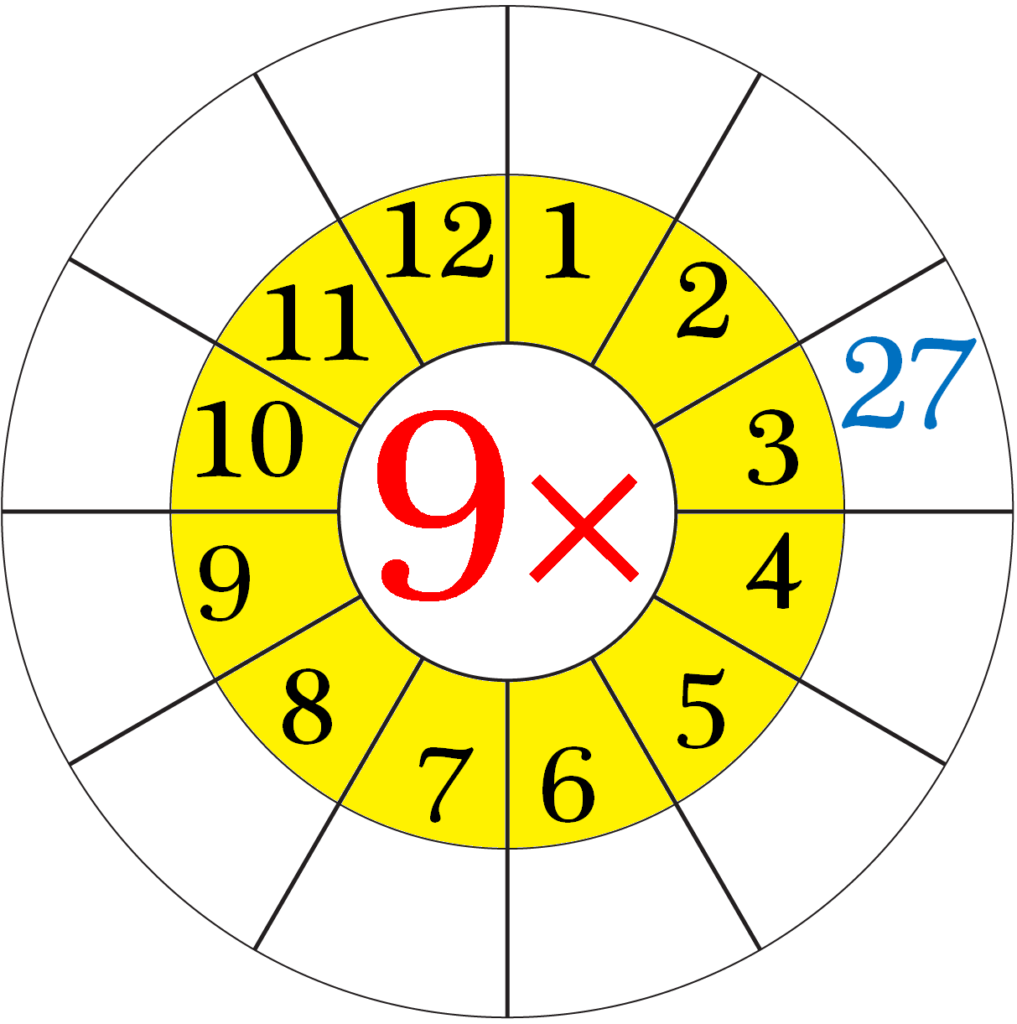
Multiplying any number by 9 can be done mentally using a simple trick. To do this, kids can hold out all ten fingers and then put down the finger that corresponds to the number they want to multiply by 9. The number of fingers on the left of the folded finger represents the tens digit of the answer, while the number of fingers on the right of the folded finger represents the ones digit. For example, to multiply 7 by 9, they would fold down the seventh finger from the left and count the number of fingers on either side of it. The answer is 63.
10. Dividing by 5, 25, and 125
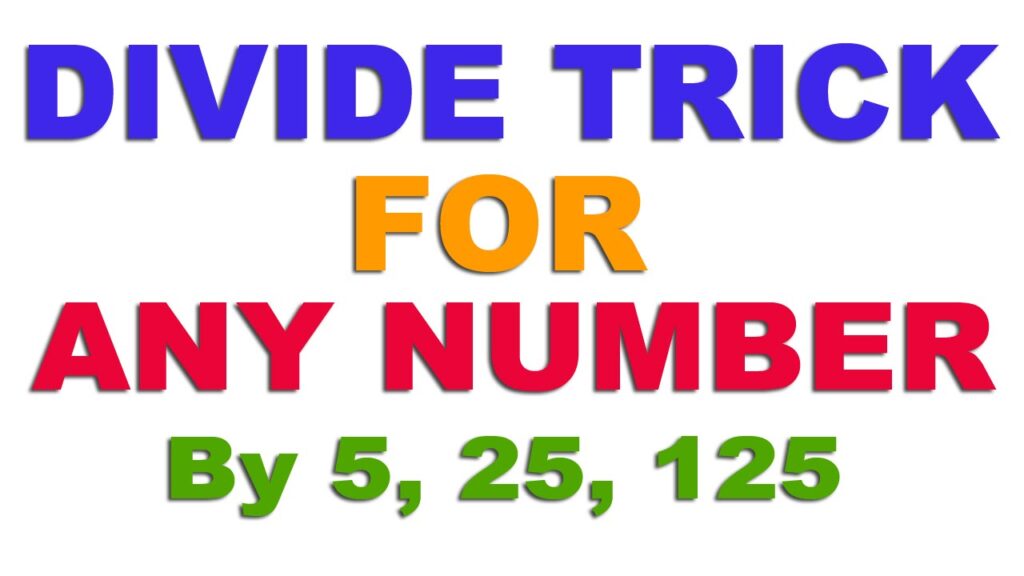
Kids can learn how to mentally divide by 5, 25, and 125 using the abacus. To divide by 5, they can simply cut the number in half and add a decimal point. For example, to divide 45 by 5, they can think of it as 4.5.
To divide by 25, they can first divide by 100 and then multiply by 4. Divide 468 by 25, they can divide 468 by 100 to get 4.68 and then multiply by 4 to get 18.72.
To divide by 125, they can first divide by 1000 and then multiply by 8. Divide 496 by 125, they can divide 496 by 1000 to get 0.496 and then multiply by 8 to get 3.968.
11. Percentages
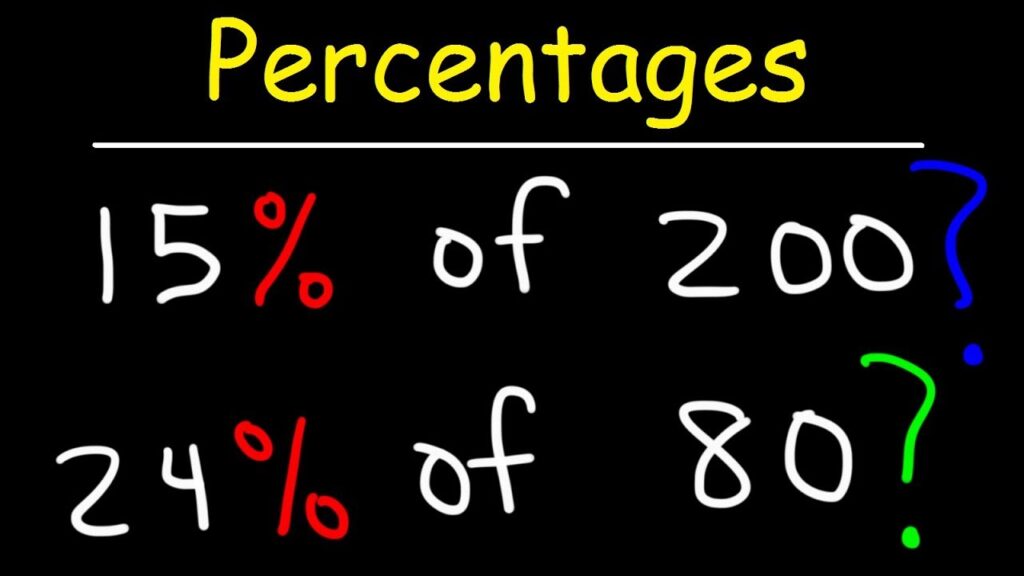
Kids can learn how to calculate percentages mentally using the abacus. To find 10% of a number, they can simply move the decimal point one place to the left. For example, to find 10% of 250, they can think of it as 25.
To find 5% of a number, they can find 10% first and then halve the result. For example, to find 5% of 250, they can find 10% of 250, which is 25, and then halve it to get 12.5.
To find 1% of a number, they can find 10% first and then divide the result by 10. For example, to find 1% of 250, they can find 10% of 250, which is 25, and then divide it by 10 to get 2.5.
Conclusion
Abacus classes can teach children a variety of mental math tricks, that can help with math skills and intellectual development. These mental math tricks include, multiplying by 11, multiplying by 9, dividing by 5, 25, and 125, and ratios/percentage. Studying these mental math tricks, children can solve mathematical problems efficiently and quickly, deprived of the need for physical aids like calculators.
Abacus classes can teach kids a range of mental math tricks, that can help with math skills and cognitive development. These mental math tricks include addition, subtraction, multiplication, division, squaring and cubing numbers, mental addition and subtraction, mental multiplication, and fraction arithmetic. These tricks can be used to solve numerical problems efficiently and quickly, without the need for physical aids like pen and paper or calculators.

